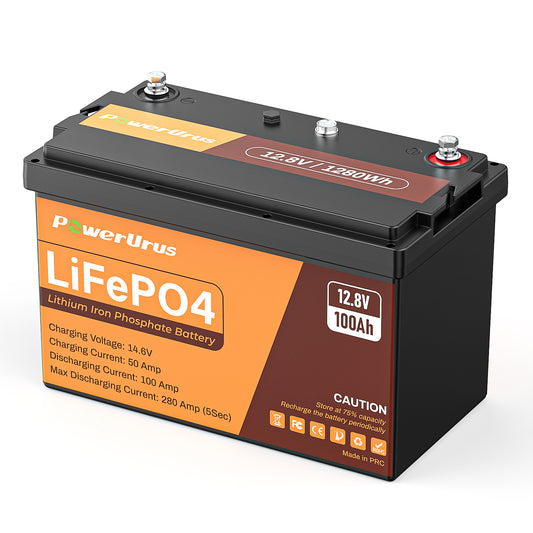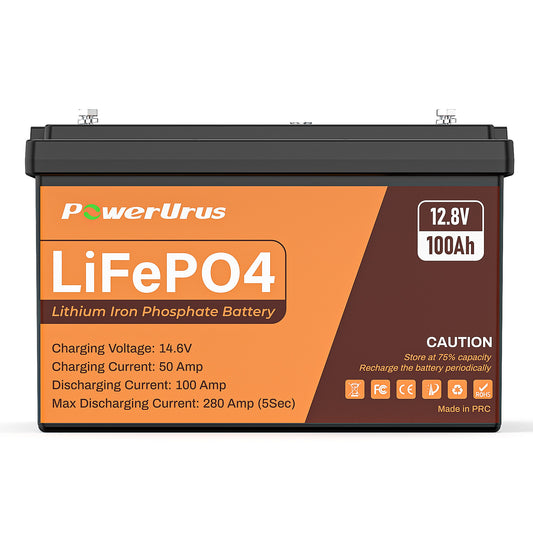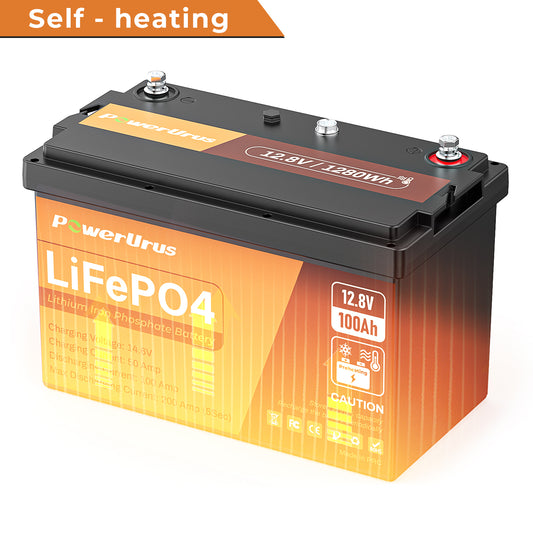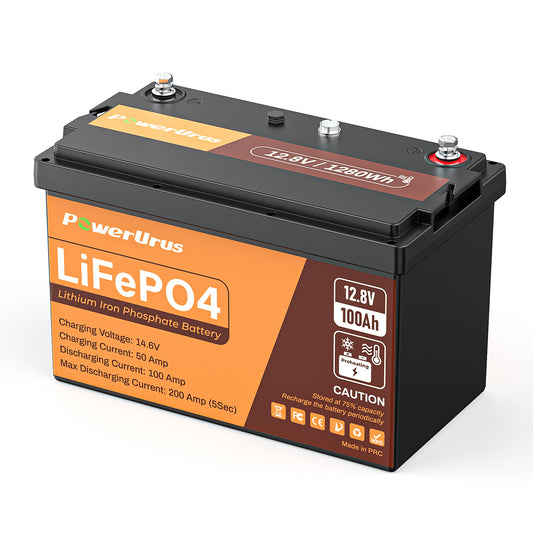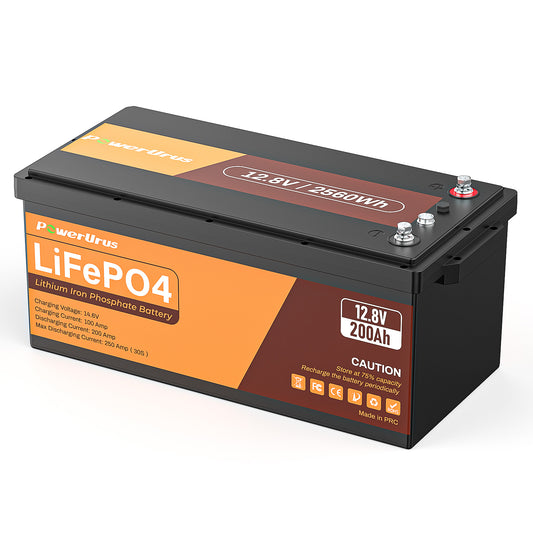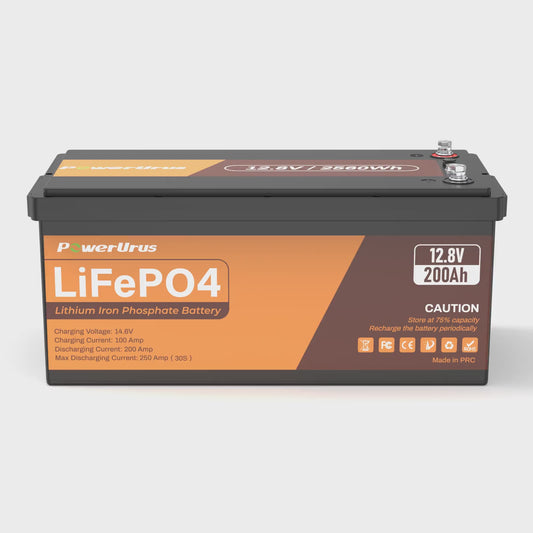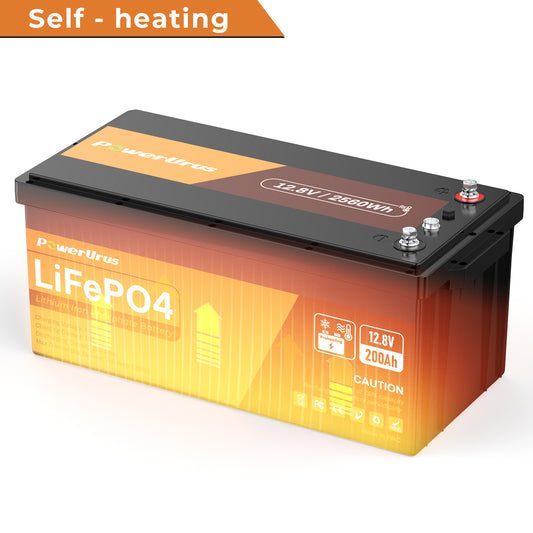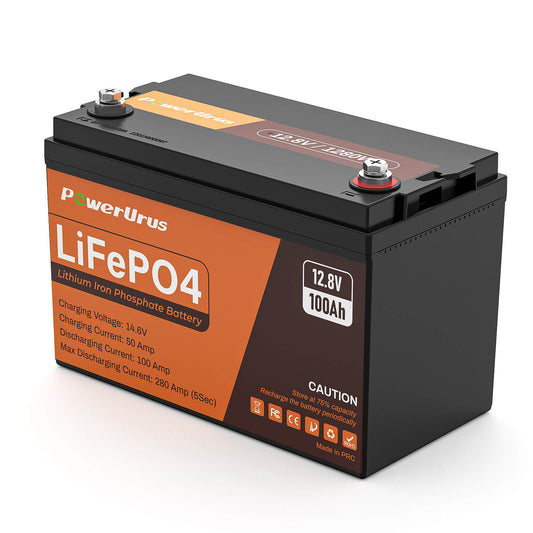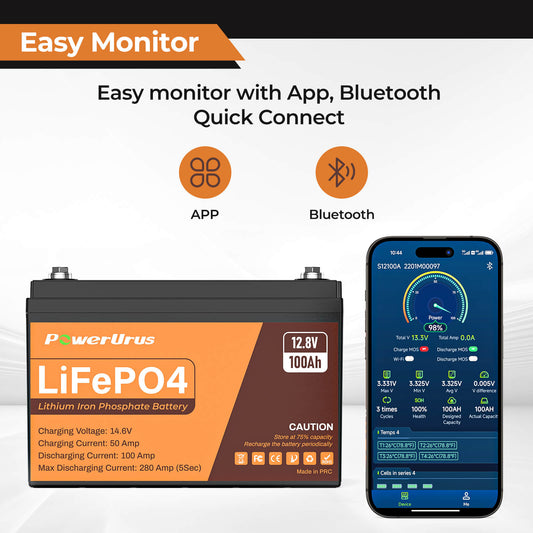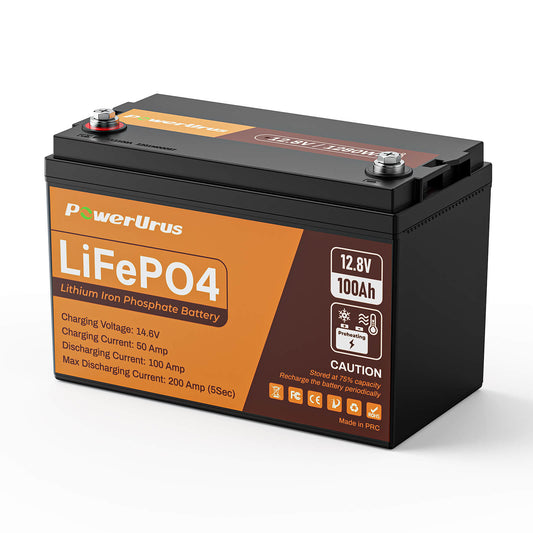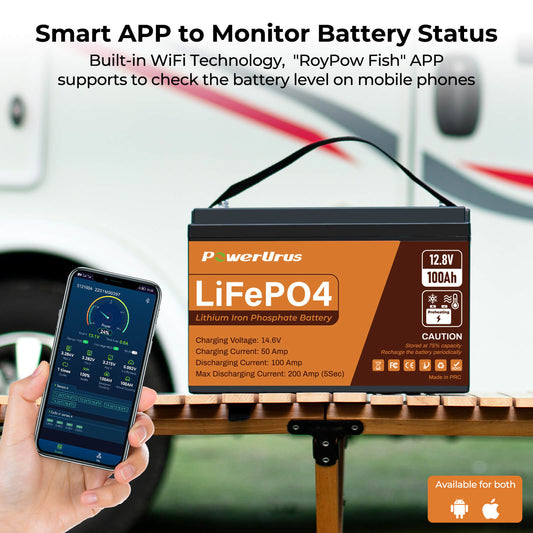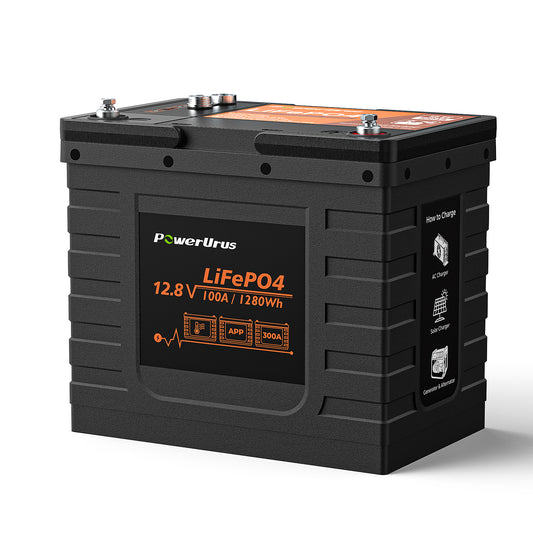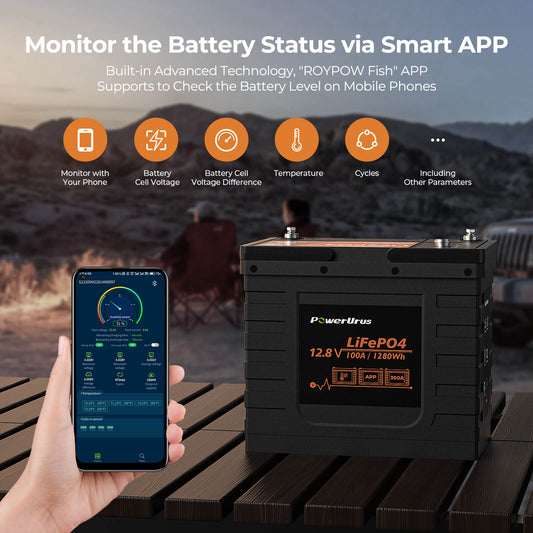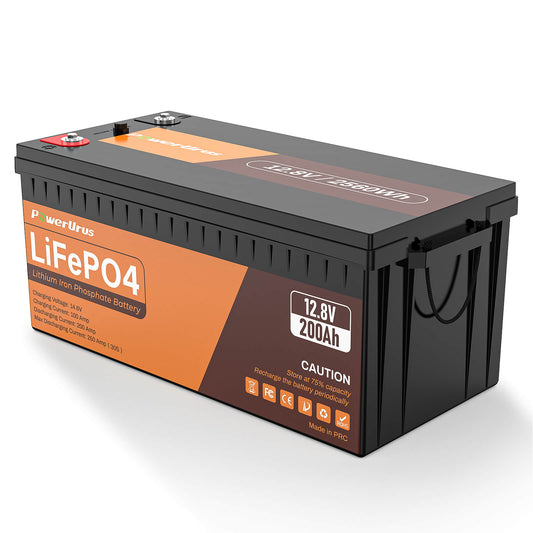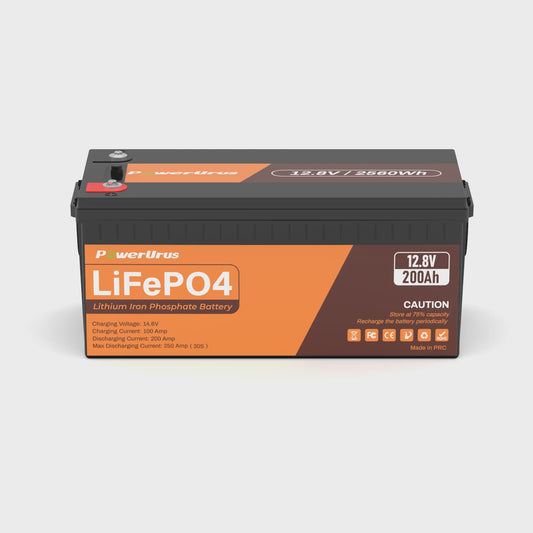What problems does a LiFePO4 battery have?
Lithium Iron Phosphate (LiFePO4) batteries have become increasingly popular for a range of applications, including electric vehicles, renewable energy storage, and portable electronics. Known for their safety, thermal stability, and long cycle life, they are often touted as a superior alternative to other lithium-ion chemistries. However, like any technology, LiFePO4 batteries are not without their drawbacks. This article will explore some of the limitations and challenges associated with LiFePO4 batteries.
Lower Energy Density
One of the primary disadvantages of LiFePO4 batteries compared to other lithium-ion chemistries, such as lithium nickel manganese cobalt (NMC) or lithium cobalt oxide (LCO) batteries, is their lower energy density. Energy density refers to the amount of energy stored per unit of weight or volume. While LiFePO4 batteries are robust and long-lasting, they typically offer around 90-120 Wh/kg, which is significantly lower than alternatives that can reach 200 Wh/kg or more. This lower energy density means that for applications where weight and space are critical—like electric vehicles or portable devices—LiFePO4 batteries may not be ideal.
Higher Cost
While prices for lithium-ion batteries have decreased over the years, LiFePO4 batteries can still be more expensive than traditional lead-acid batteries and some other lithium-ion options. The materials used in LiFePO4 batteries, combined with their manufacturing processes, contribute to this higher cost. Although the long cycle life and safety features can justify the investment for many users, the initial expense may deter budget-conscious buyers.
Temperature Sensitivity
Though LiFePO4 batteries are generally more thermally stable than other lithium-ion batteries, they still have temperature sensitivities that can affect performance. Their optimal operating temperature range is typically between 0°C to 45°C (32°F to 113°F). Temperatures outside this range can lead to reduced performance, decreased capacity, and increased internal resistance. In extreme cold, for instance, LiFePO4 batteries may struggle to deliver power efficiently, while excessive heat can accelerate aging and reduce lifespan.
Charging Limitations
LiFePO4 batteries require specific charging protocols to achieve optimal performance and lifespan. They have a lower charge voltage compared to other lithium-ion chemistries, which can lead to compatibility issues with some charging systems. Users must ensure that their chargers are specifically designed for LiFePO4 batteries to prevent overcharging or incomplete charging, which could degrade the battery’s performance over time.
Size and Weight
As mentioned, the lower energy density of LiFePO4 batteries means that achieving higher capacities often results in larger and heavier battery packs. This can be a significant drawback for applications where size and weight are crucial considerations, such as in drones or mobile electronics. Users may find themselves needing more significant space and structural support to accommodate these batteries, which can complicate design and integration.
Conclusion
While LiFePO4 batteries offer numerous advantages, including safety, longevity, and stability, they also come with limitations that potential users should consider. Lower energy density, higher costs, temperature sensitivities, charging limitations, and size and weight issues are all factors that can impact the decision-making process. Understanding these drawbacks is crucial for anyone looking to integrate LiFePO4 batteries into their applications, ensuring that they make an informed choice that meets their specific energy storage needs. As technology continues to evolve, ongoing research may help to mitigate some of these issues, making LiFePO4 batteries an even more attractive option in the future.

